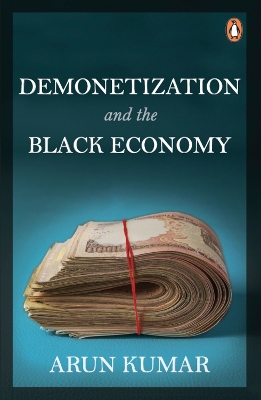On 8 November 2016, the prime minister announced the immediate cancellation of all Rs 500 and Rs 1000 denomination notes, wiping out 86 per cent of the currency in circulation. India's well-functioning economy went into a tailspin. This move, it was claimed, was made to wipeout corruption, deter the generation of black money, weed out fake Indian currency notes and curb terrorism. Overnight, people in India realized that the cash intheir pockets had no value. A window of fifty days was granted to 1.3 billion people toconvert theirold notes into new ones. Businesses, especially in the unorganized sectors, came to a grinding halt.Patients in hospitals faced huge problems, farmers had difficulty buying inputs, weddings were scaled down, and fishermen watched their catch rot. Many lost their jobs and could not support their families. A year later, the RBI announced that 99 per cent of the old currency notes had been deposited with it. India continues to grapple with the effects of this move. The black economy has not been dented; counterfeiting and terrorism continue; the credibility of the RBI, banks and currency is damaged, accountability of the parliament and the prime minister has been eroded; and the social divide has widened. There have been many arguments and counter-arguments from both sides, but they have missed the complete picture. Demonetization and the Black Economy, for the first time, lucidly explains the story of demonetization along with its effects onthe economy.
- ISBN13 9780670090075
- Publish Date 15 December 2017
- Publish Status Active
- Publish Country IN
- Publisher Penguin Random House India
- Imprint Penguin Portfolio
- Format Hardcover
- Pages 344
- Language English
